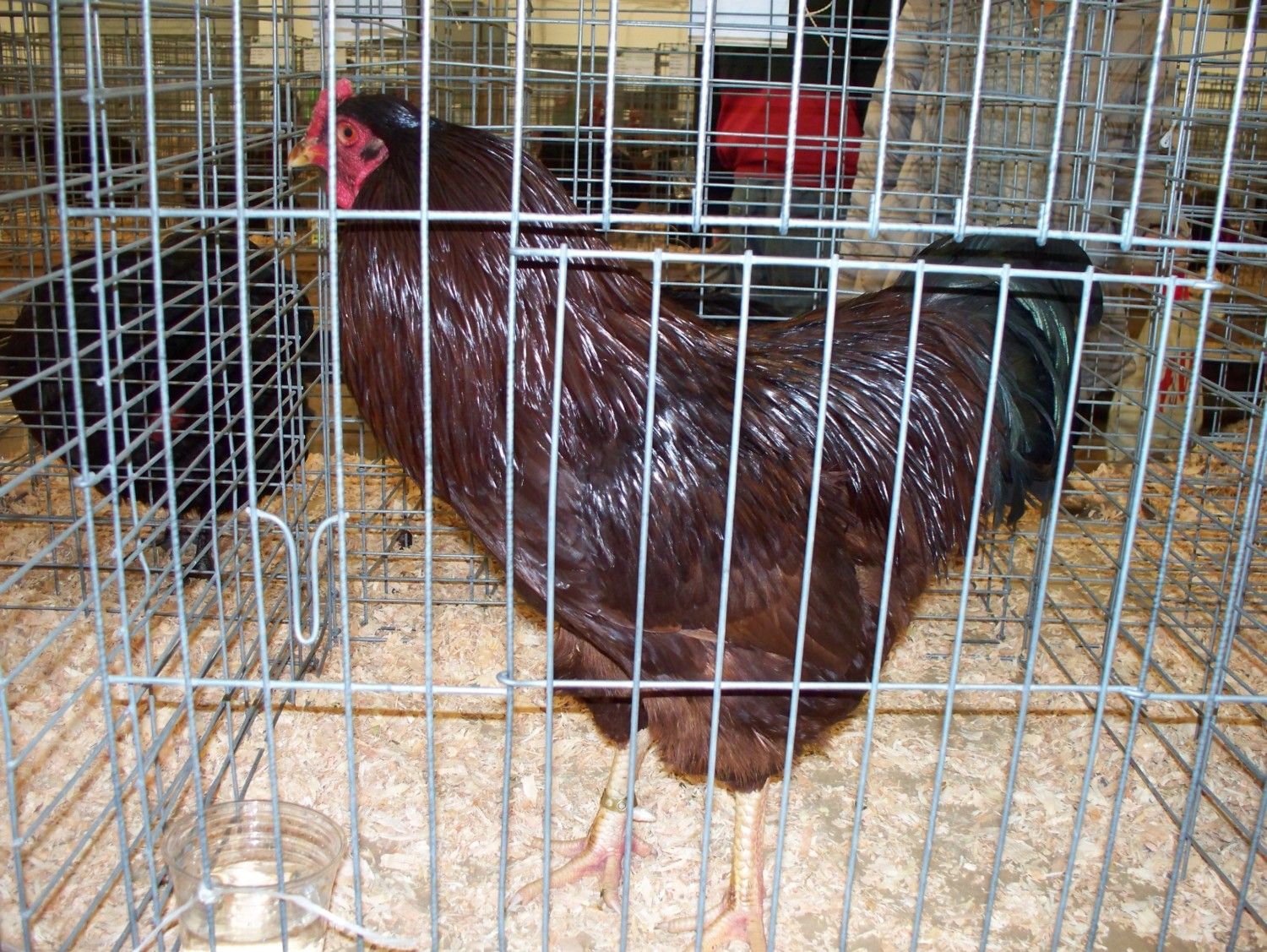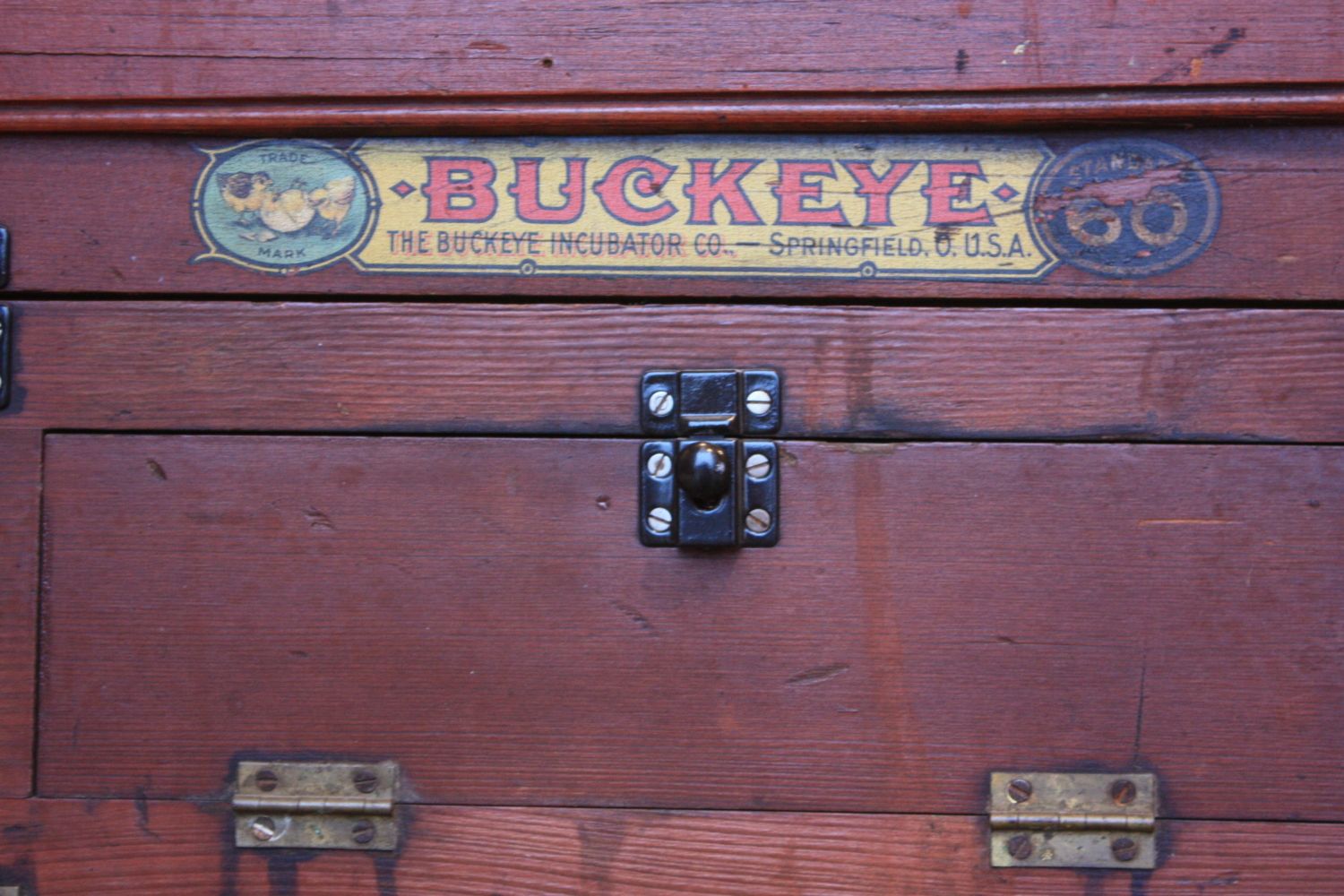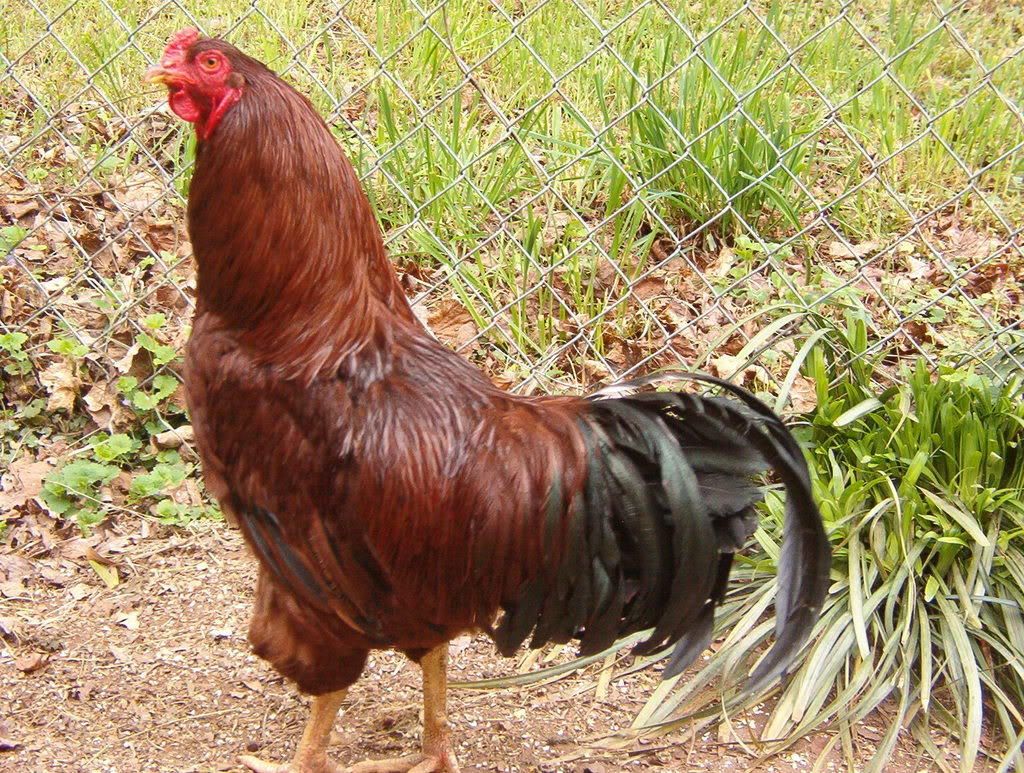I do NOT see a problem with leg length, NOR with sickle feather length, NOR with leg color (at least in the picture,the legs I see look yellow -- the pink you refer to appears to be simply the red veining-- nothing wrong with that). Like Janet, I like a little longer leg and I believe you have to beware of too short a leg. When a leg does get too long on occasion, it makes the bird appear thinner, rangy, too "game-like." It should be "medium" in length.
I would be interested in weighing the birds and knowing that. There is only so much you can tell without actually handling the bird -- basifically, you can only discern the superficial things which ANYONE can tell, experience or not, like color. Anyone can look at color. Both birds' overall color look good except the 3rd place bird has that greenish/ black smut on the outside of his wing. I usually do not see this in my cock birds until they are 3 or 4 years old (and have molted a number of times). I would not tolerate it any of the offspring's first adult feathers (unless the bird had something else I needed), but OK to breed from him one time. That being said, just from the picture (and the limitations), the 3rd place bird, to my eye, looks like he is better type with better body depth. It may just be the way the 2nd place bird is standing but he looks a little long in the back, a bit pinched in the tail and lacking body depth. I prefer a thicker skull too. Again, no way to actually tell all this without comparatively handling of the birds and seeing more than what I can see in these 3 pictures. When I have done my best comparing is when I have had 15-20 cockerels , all the same age, at the same time -- you can then really see the differences. I go back and forth between my birds too, four, five, six times even.
The next time you are at a show with the birds, if you are on friends terms with the 1st place bird (or with other birds' owners -- sometimes the #1 bird isn't necessarily the best bird -- depends upon what you are working on), ask the other exhibitors if you can handle their birds. Then, compare heart girth, pelvic spread, length of the body underneath the feathers. The body underneath is what really counts. I have felt a heart girth of a another's bird that I thought at first glance looked rangy, then to realize the body was actually quite superb underneath (and could see the bird weighing more than "what it looked"). The only way to know is to handle more Buckeyes so you can compare.













